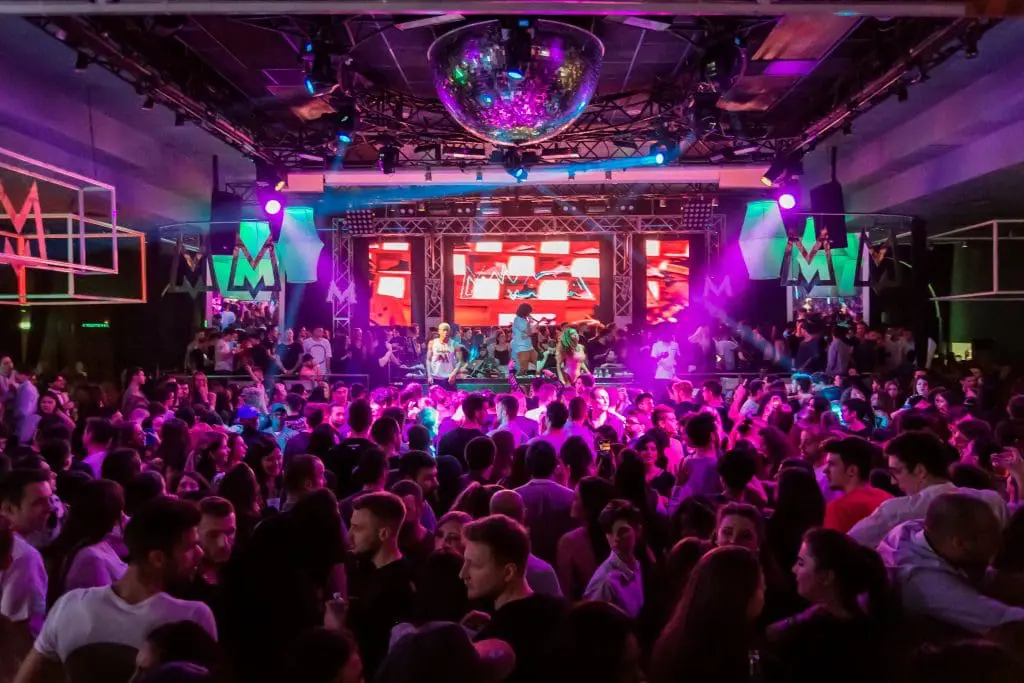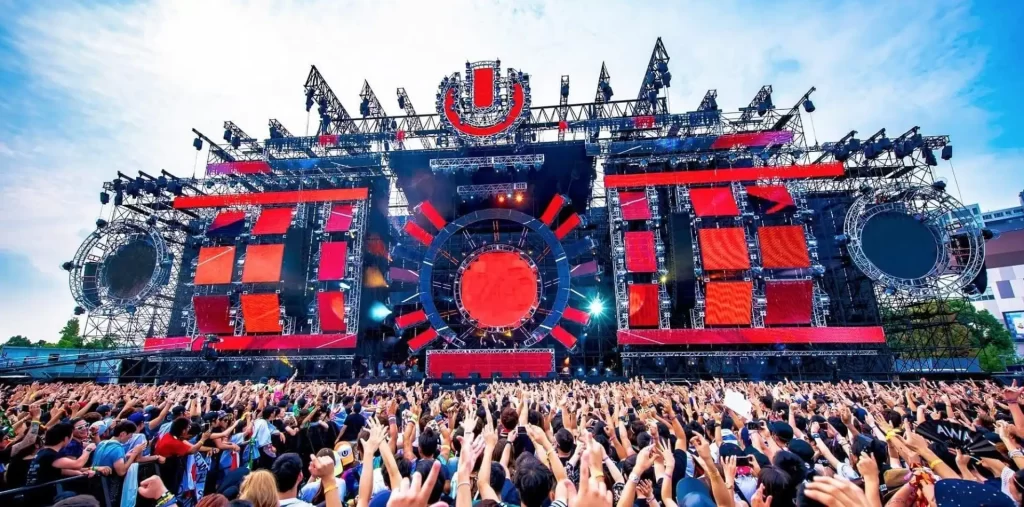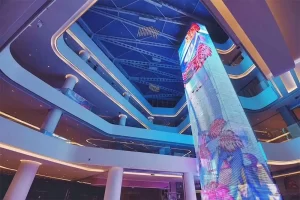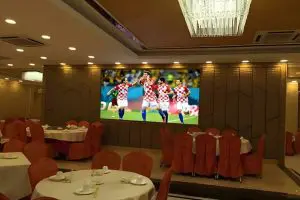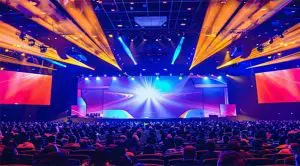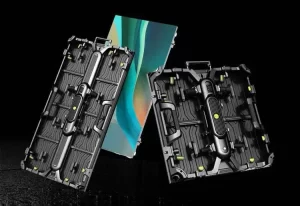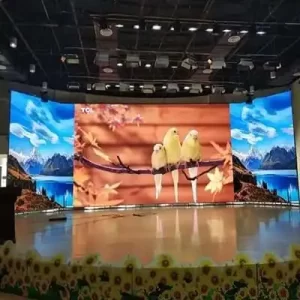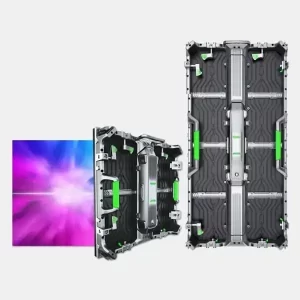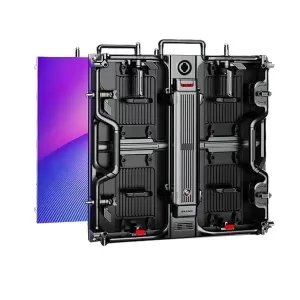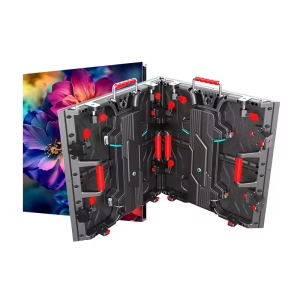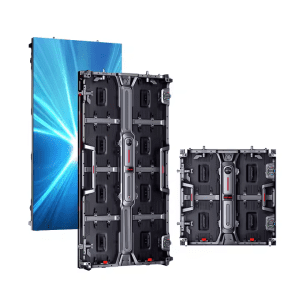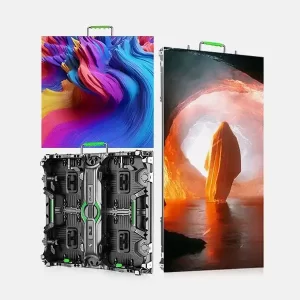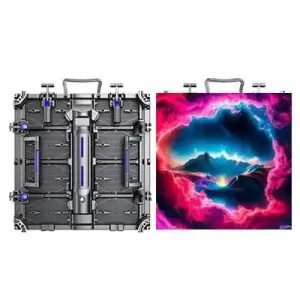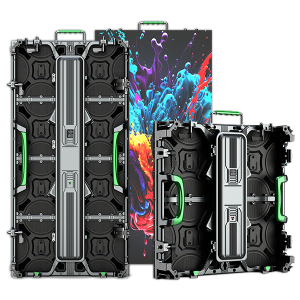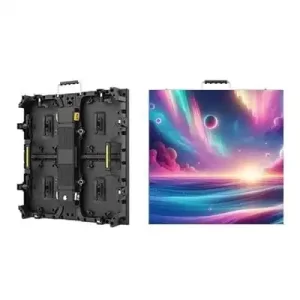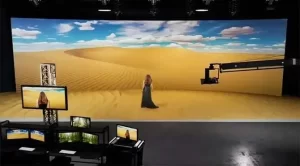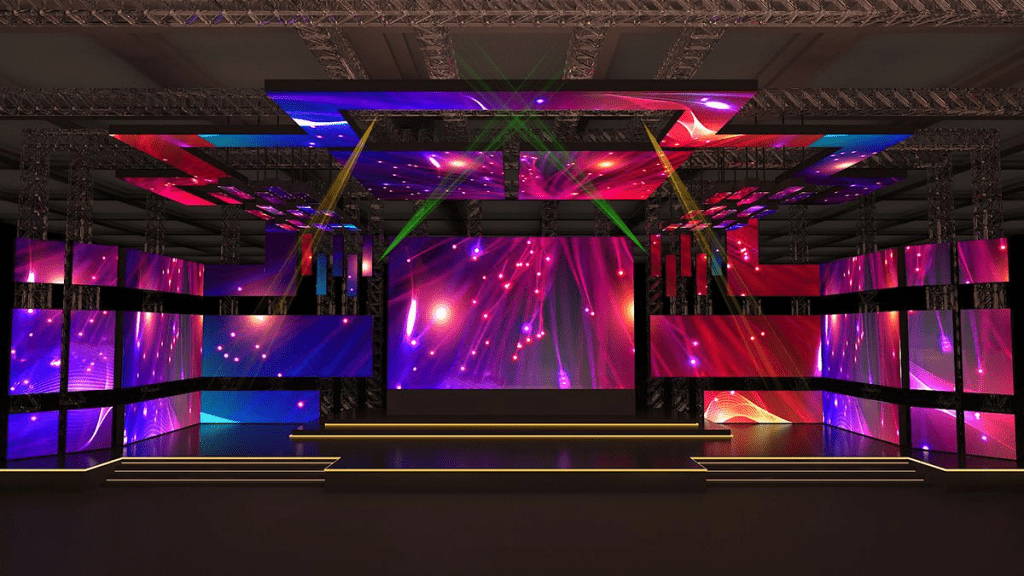
In today’s fast-paced digital world, rental LED screens have become indispensable for events, advertising, and presentations. Whether it’s a corporate conference, a music festival, or a trade show, LED screens provide vibrant visuals that captivate audiences and deliver impactful messages. But how do you choose the most cost-effective and high-performing rental LED screen?
This comprehensive guide dives into the parameters, performance, pricing, and real-world case studies to help you make an informed decision. By understanding these factors, you’ll ensure your investment delivers maximum value.
Key Parameters to Consider When Renting an LED Screen
When renting an LED screen, it’s essential to evaluate its technical specifications to ensure it meets your event’s requirements. Here are the most critical parameters to consider:
1. Pixel Pitch
Pixel pitch refers to the distance between two adjacent pixels, measured in millimeters. It determines the screen’s resolution and clarity.
- Smaller Pixel Pitch (e.g., P1.5–P3): Offers higher resolution and is ideal for close viewing distances (indoor events like conferences).
- Larger Pixel Pitch (e.g., P6–P10): Suitable for long-distance viewing, such as outdoor concerts or billboards.
| Pixel Pitch | Viewing Distance | Use Case |
|---|---|---|
| P1.5–P3.9 | 2–5 meters | Indoor events, exhibitions |
| P3.9–P4.8 | 3.9–10 meters | Medium venues, trade shows |
| P6–P10 | 10–30 meters | Outdoor concerts, large events |
2. Brightness
Brightness is measured in nits and determines how visible the screen is in different lighting conditions.
- Indoor Screens: Require brightness levels of 600–1500 nits for controlled lighting environments.
- Outdoor Screens: Need 5,000–10,000 nits to combat direct sunlight and ensure visibility.
3. Resolution
Resolution affects the clarity and sharpness of the visuals. It is determined by the total number of pixels on the screen. Higher resolutions are ideal for detailed content like videos and presentations.
- HD (1280 x 720): Suitable for smaller screens or basic content.
- Full HD (1920 x 1080): Best for medium-sized screens with detailed visuals.
- 4K (3840 x 2160): Perfect for large screens and premium events.
4. Refresh Rate
The refresh rate, measured in Hz, determines how smoothly the screen displays motion.
- Minimum Requirement: ≥3,840 Hz for flicker-free visuals, especially for live video feeds or fast-moving animations.
5. Durability and IP Rating
For outdoor events, durability is a top priority. Look for IP-rated screens:
- IP65: Fully weatherproof, resistant to rain, dust, and extreme temperatures.
- IP30–IP54: Suitable for indoor use with protection against dust and light splashes.
6. Screen Size and Modular Design
Rental LED screens are modular, meaning they can be assembled into various sizes and shapes.
- Small Events: 2m²–5m² screens for conferences or product launches.
- Medium Events: 10m²–20m² screens for trade shows or banquets.
- Large Events: 30m²+ screens for concerts, festivals, or stadium displays.
Performance: Why LED Screens Stand Out
1. High-Quality Visuals
LED screens deliver vibrant colors, deep contrast, and sharp images. Features like high brightness and wide viewing angles ensure everyone in the audience enjoys a premium experience.
2. Energy Efficiency
Modern LED screens are designed to consume less power, making them more sustainable and cost-effective for extended use.
3. Flexibility and Customization
Rental LED screens are highly versatile. They can be customized into irregular shapes, curved designs, or even transparent screens to suit creative event themes.
4. Easy Setup and Portability
Rental providers typically include professional installation services, ensuring the screen is set up securely and operates flawlessly. The modular design also allows for quick assembly and disassembly.
Pricing: Cost of Renting an LED Screen
The cost of renting an LED screen depends on factors like screen size, pixel pitch, rental duration, and additional services. Below is a detailed breakdown:
1. Cost Per Square Meter
| Pixel Pitch | Use Case | Cost per m² (USD) |
|---|---|---|
| P2.5 | High-resolution (indoor) | $1,000–$2,500 |
| P4 | Medium viewing distance | $900–$1,500 |
| P6 | Outdoor advertising/events | $700–$1,000 |
| P10 | Long-distance viewing | $500–$900 |
2. Example Rental Costs
| Screen Size | Use Case | Estimated Cost (USD) |
|---|---|---|
| 10m² (5m x 2m) | Small retail sign | $1,000–$2,500/day |
| 20m² (10m x 2m) | Medium billboard | $3,000–$5,000/day |
| 50m² (10m x 5m) | Large outdoor event | $6,000–$10,000/day |
Pro Tip: Many providers offer discounts for multi-day rentals or bundled services (e.g., audio-visual equipment, installation).
3. Additional Costs to Consider
- Delivery and Setup: $500–$2,000 depending on location and complexity.
- On-Site Technicians: $300–$1,000/day for technical support.
- Content Management: $500–$2,000 for designing custom visuals or animations.
Case Studies: Real-World Applications of Rental LED Screens
1. Corporate Conference
Event: A tech company’s annual conference in a 500-seat ballroom.
Solution:
- Screen Size: 10m² Full HD LED screen (P3 pixel pitch).
- Purpose: Presentations, live video feeds, and branding visuals.
- Result: The high-resolution screen ensured sharp visuals and seamless transitions during the event.
Cost: $3,000/day, including setup and on-site support.
2. Outdoor Music Festival
Event: A summer music festival with an audience of 5,000 people.
Solution:
- Screen Size: 50m² outdoor LED screen (P6 pixel pitch).
- Purpose: Display live performances, sponsor advertisements, and event schedules.
- Result: The bright, weatherproof screen delivered uninterrupted visuals despite sunny conditions.
Cost: $8,500/day with technicians on-site.
3. Retail Store Launch
Event: A luxury brand unveiling its flagship store in a shopping mall.
Solution:
- Screen Type: Transparent LED screen covering the store’s glass facade.
- Purpose: Showcase promotional videos and product highlights.
- Result: The transparent design attracted passersby while maintaining visibility into the store.
Cost: $4,500 for a 3-day rental.
Tips to Get the Most Out of Your Rental LED Display Screen
- Book Early: Secure availability and take advantage of early-bird discounts.
- Customize Smartly: Tailor screen size and pixel pitch to your specific event needs.
- Negotiate: Ask for discounts on multi-day rentals or bundled services.
- Choose the Right Provider: Opt for companies that include technical support and transparent pricing.
- Test Beforehand: Ensure the screen is tested for resolution, brightness, and functionality before the event.









